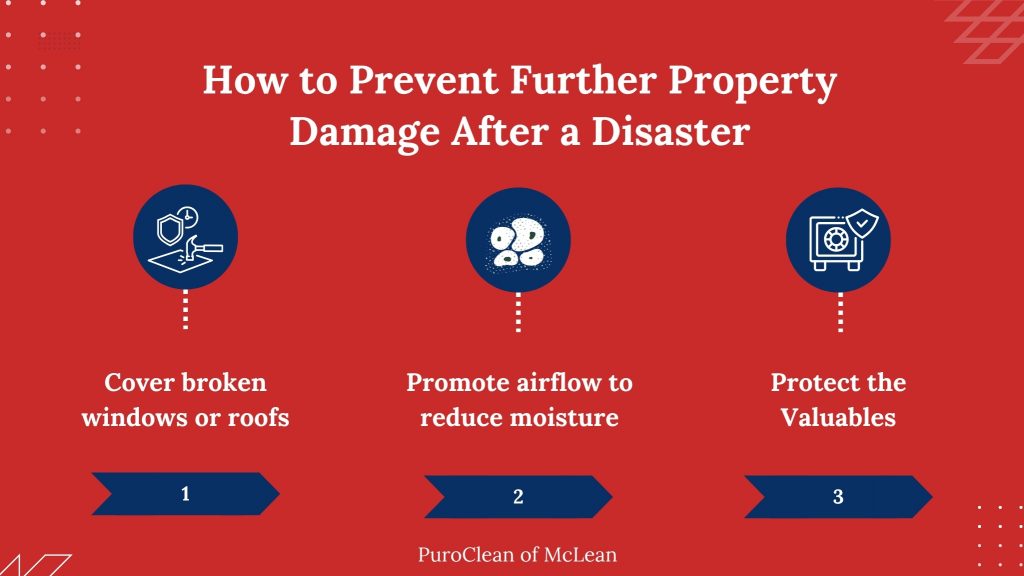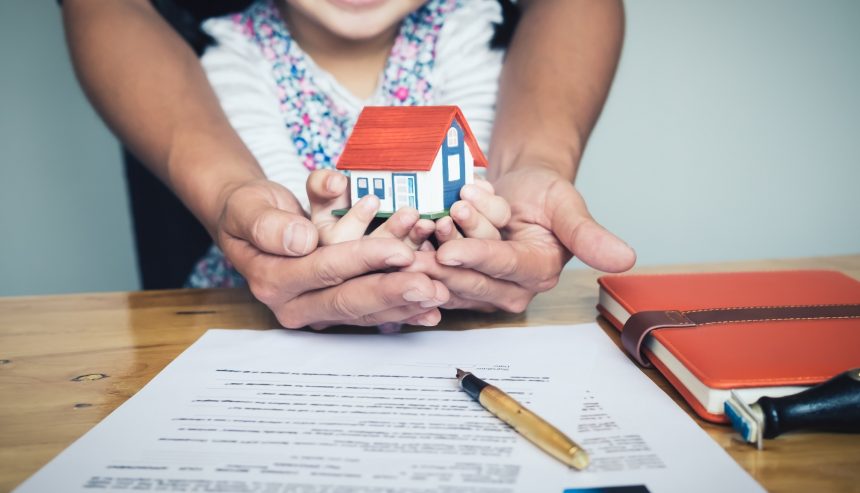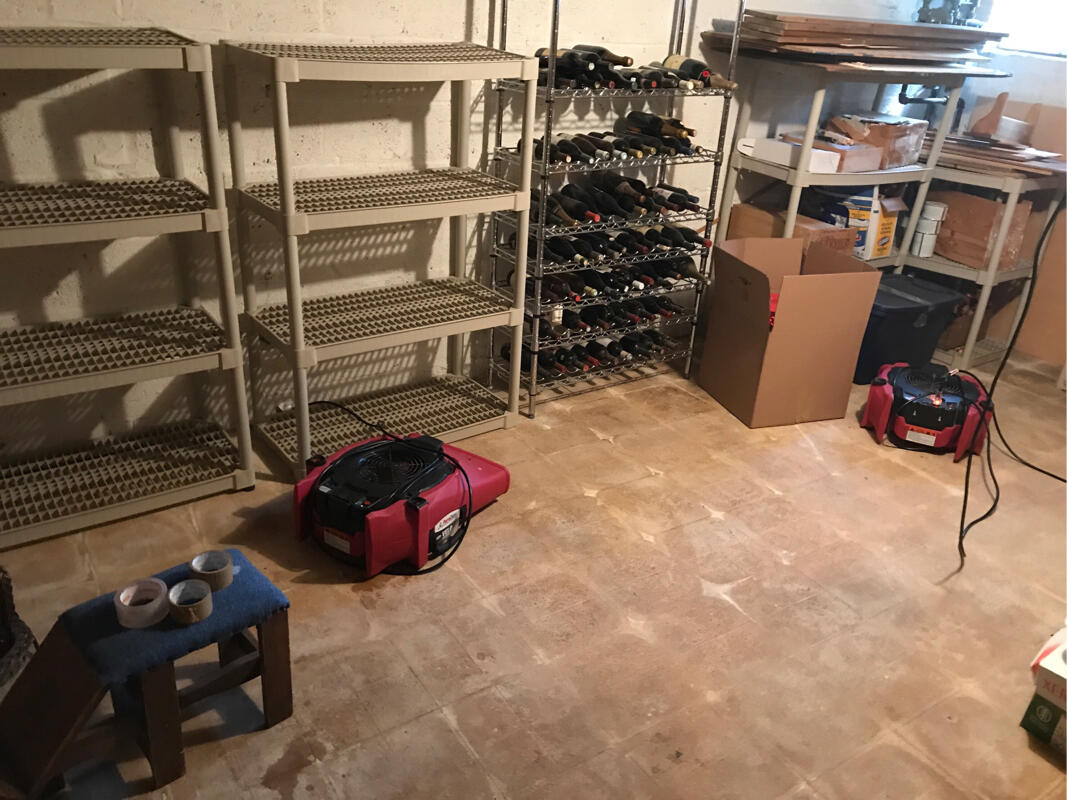Disasters do not knock before they enter. Whether it is a burst pipe, a house fire, a storm, or a mold infestation, property damage can turn your life upside down in minutes. If you know how to restore after property damage, you can reduce long-term costs, protect your home, and return to normal faster. In this complete guide, you will learn what every homeowner must know to recover from property damage effectively. We will also show you how to work with a trusted property damage restoration company to ensure a smooth and successful recovery.
The Critical First Steps to Safeguard Your Property
Recovering from home damage is not just about cleanup. It is about protecting your property, your health, and your finances. Each decision you make plays a crucial role in how fast and how well you can bounce back. The first 24 to 48 hours are critical; acting quickly can prevent further damage and higher repair costs. You’ll need to assess the extent of the damage, document everything for insurance, and contact professionals for guidance.
Evaluate the Damage Without Risking Your Safety
Your first instinct may be to enter and inspect your home, but safety comes first. Fires, floods, and even mild structural damage can pose hidden dangers.
It is vital to get clearance from emergency services or local authorities before going inside. If you ignore this step, you may be putting yourself and your family at serious risk. Once inside, take photos and videos of everything that has been damaged. This will be important when dealing with insurance and the property damage restoration company you hire.
Contact Your Insurance Provider Immediately
Insurance companies need prompt notification to process your claim efficiently. Delays can complicate or reduce your chances of getting full coverage.
Make sure to provide detailed documentation when filing your claim. This includes date-stamped photos, videos, a written list of damaged items, and any receipts for temporary repairs or relocation costs. Keep a record of all your conversations with the insurance company.
Choose the Right Property Damage Restoration Company
A licensed and experienced property damage restoration company can help you recover safely and legally. They handle cleanup, repair, sanitation, and rebuilding efforts. They also work with your insurance provider to make sure everything is done by the book.
Look for companies that have strong reviews, certified technicians, and emergency response services. Be sure they have experience with the specific type of damage your home has experienced.
Know the Realistic Timeline for Full Restoration
Restoration takes time, and every type of damage has its own pace. A small fire may take days to clean up, but a flood may require weeks to dry out and rebuild. A good property damage restoration company will give you a step-by-step breakdown of what needs to be done and how long it will take. Having a timeline will help you plan better for temporary living arrangements or other personal needs. Do not rush the process. Cutting corners in a hurry can lead to long-term problems such as mold, electrical issues, or code violations.
Prevent Additional Damage While Waiting
While your home is undergoing full restoration, you can take simple precautions to prevent further damage.
- Protect with sheets: Cover broken windows or roofs with plastic sheeting or tarps. This can prevent rain or pests from entering and creating new problems.
- Reduce mold chances: If the electricity is off and the area is safe, use fans or open windows to promote airflow and reduce mold growth.
- Protect your valuables: Move undamaged belongings to a safer area of the house or place them in storage. This ensures that your valuables are protected from ongoing deterioration.
These steps are temporary but crucial. They help your restoration team work more efficiently once they arrive.

Be Cautious with DIY Repairs
It is tempting to start fixing things on your own, especially if you’re trying to save money. But most homeowners are not equipped to handle damage restoration safely.
Electrical systems, plumbing, and mold all require professional tools and expertise. Mistakes can lead to serious hazards, and unapproved repairs may even void your insurance claim. Speak with your property damage restoration company before doing anything more than simple cleaning. Let the professionals handle what they are trained to do.
Keep a Record of All Expenses
You may incur several types of costs during the restoration period, and every expense matters. Keep detailed records of potential reimbursement.
- Document everything: Save all receipts for emergency purchases, hotel stays, and meals if you are displaced. Insurance companies may cover these costs if they are properly documented.
- Keep cost files: Track payments made to contractors or suppliers and file them clearly. This will be important when filing your final insurance claim or budgeting future costs.
Proper financial tracking makes the process smoother and keeps you informed about what you’re spending and what can be recovered.
Don’t Ignore the Emotional Impact
Restoration is not just about repairing bricks and walls. It’s about restoring a sense of home and peace. Losing a home or living through a disaster is emotionally draining.
Talk to family and friends about how you feel. If needed, seek support from counselors or community mental health groups. You are not alone, and recovery is as emotional as it is physical. Give yourself time and space to heal while you rebuild your home.
Smart Steps After Restoration
Once your home is back in shape, you should take additional steps to protect it by moving forward. These extra actions go beyond restoring your property; they help safeguard your future.
- Create a home inventory: Photograph all major belongings and store the files digitally. This speeds up insurance claims in future incidents and ensures better compensation.
- Update your insurance coverage: After a major event, review your policy. Add coverage for specific risks like floods, earthquakes, or mold if they were not included before.
- Build an emergency fund: Unexpected damage can hit your finances hard. Start saving a little every month to reduce future dependence on loans or delayed insurance claims.
Conclusion
Learning how to restore after property damage is not just about fixing what’s broken; it’s about regaining stability, security, and peace of mind. From the first call to your insurer to working with a property damage restoration company, every step matters.
Acting quickly, staying informed, and getting the right help will ensure your recovery is smooth, safe, and successful. No one ever wants to face property damage, but with the right knowledge, you can come back even stronger.
FAQs:
Q1: How long do I have to file a property damage insurance claim?
A: Most policies give you between 30 to 60 days. However, report it immediately to avoid complications.
Q2: Will my insurance premium increase after making a claim?
A: It might, depending on your provider and the nature of the claim. Ask your insurer directly for clarity.
Q3: Can I stay at home during the restoration?
A: If utilities are out or there’s a health risk like mold, you may need temporary housing. Check with your contractor and insurance company.



